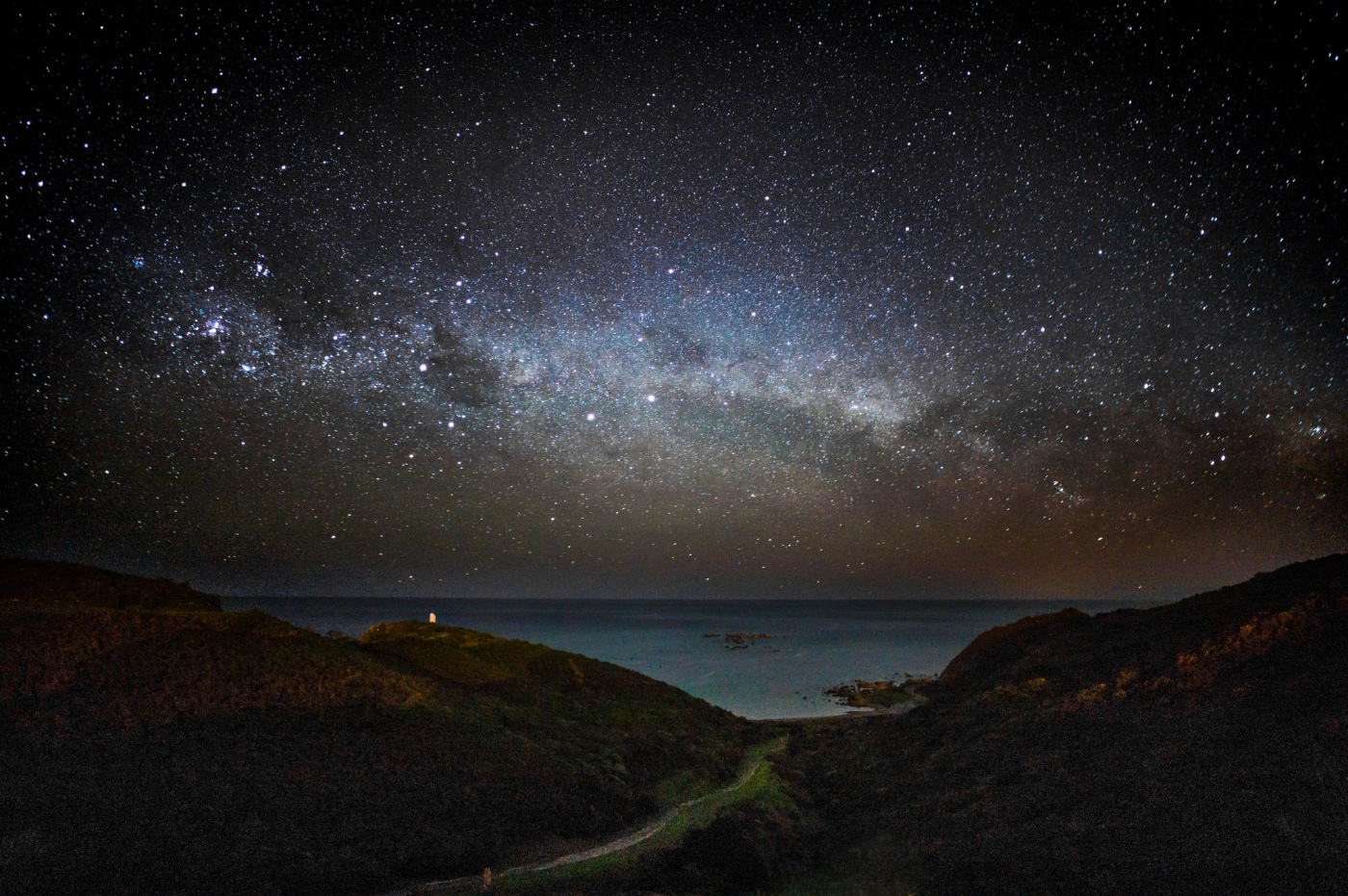Te Ara Whānui ki te Rangi – The Expansive Pathway to the Heavens. It’s a beautiful name that carries with it quite different connotations than ‘Space Place at Carter Observatory‘, and adds depth to our understanding of what the observatory is for, and the roles it plays. As I mentioned in my last post, there are heaps of genuinely cool things about the heritage buildings of Carter Observatory and its surrounds. Spend some time in the Thomas Cooke telescope room and it’s hard not to be awed and floored by the technology of the 1860s. I’m sitting under the telescope as I write this, and am reminded of our tendency to underestimate the knowledge and pure experimental guts of our forebears, who figured out how to build such a thing from scratch:
Think, then, how awe-inspiring it is to discover astronomical knowledge hundreds, if not thousands of years older: Polynesian people from many nations had such a keen awareness of the stars and their movements that they could confidently travel throughout the Pacific by reading the sky. They didn’t build telescopes or compasses like the Thomas Cooke, but that doesn’t mean their knowledge was any less substantial. They bet their lives, and the lives of their families, on the strength of their astronomical matauranga (knowledge) and they ventured far beyond their own ocean neighbourhoods to settle places like Aotearoa.

Space Place at Carter Observatory is unique in that it places Māori astronomy alongside European astronomy – matauranga Māori is presented as a parallel system of knowledge rather than a prehistoric and somehow lesser form of knowing. And examining the displays reveals as many similarities as differences: though Māori describe the creation of the universe in a symbolic way, chanting karakia that describe genealogies of time, I would not be the first person to observe (as Dr Rangi Mataamua does in the video above) that these genealogies denote something akin to the ‘big bang’.
As you enter the galleries at Space Place, you may observe that Māori science faces Western science. Further in, remarkable stories of Western astronomical discovery are presented in conjunction with galleries that celebrate Māori astronomical stories. The two systems engage different languages and different world views, but seen together they show us more about our southern skies than viewed separately. Our understanding of the Universe is much richer for it.
And so, while Carter and his colonial compatriots had a vision of astronomy and progress that almost certainly discounted Māori systems of knowledge, their legacy now includes providing a place where indigenous understandings of the Universe are respected and shared. It’s good to see that kind of progress. I wonder what the old astronomers of settler Wellington would think if they could visit Carter Observatory’s galleries now. I like to think they would be open to such things, being men of science.

Our beautiful header image is Andrew Xu‘s Wellington view of the Milky Way.







Leave a comment